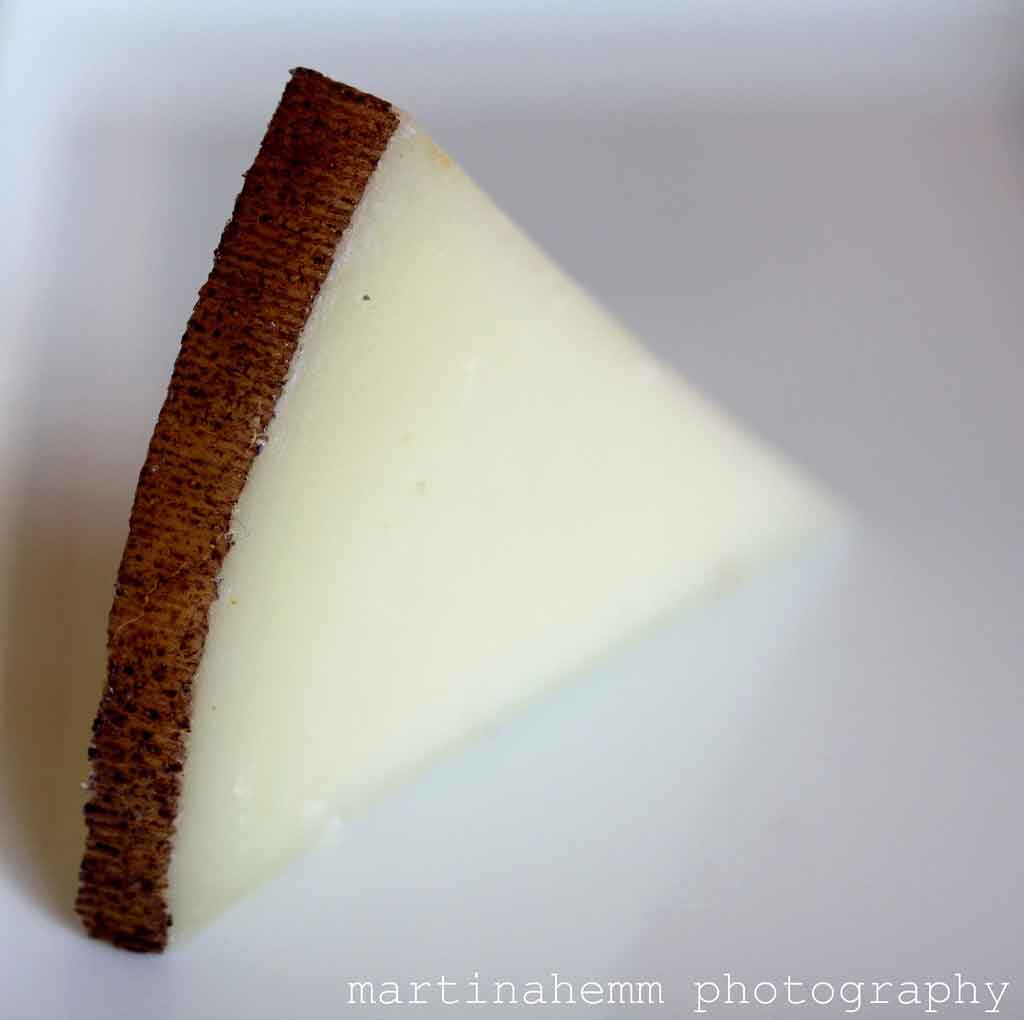
A Taste of Spain: A Quick Guide to Spanish Cheeses
June 11, 2010
Discover Spanish cheeses' diverse and delectable world, from tasty Cabrales to tangy Manchego. A culinary journey across Spain's cheese landscape.
By: Genevieve Mc Carthy / Last updated: April 8, 2024
Estimated reading time: 7 minutes
Portugal’s culinary heritage extends far beyond its renowned Port wine, as its exceptional selection of artisan cheeses with rich traditions and a long history deserves equal recognition in any gourmet pantry. While many visitors to this captivating and historic country often opt for a bottle or two of Port or perhaps a table wine from the famous Alentejo region, it would be wise also to consider the delectable cheeses originating from the Serra de Estrela Mountains or the bold and aromatic Serpa cheese from the southern regions of Portugal. Although countries like France and Italy are often associated with superior cheese production, Portugal offers delightful surprises worth exploring. So, venture beyond the familiar and discover the treasures Portugal’s cheese-making tradition offers.
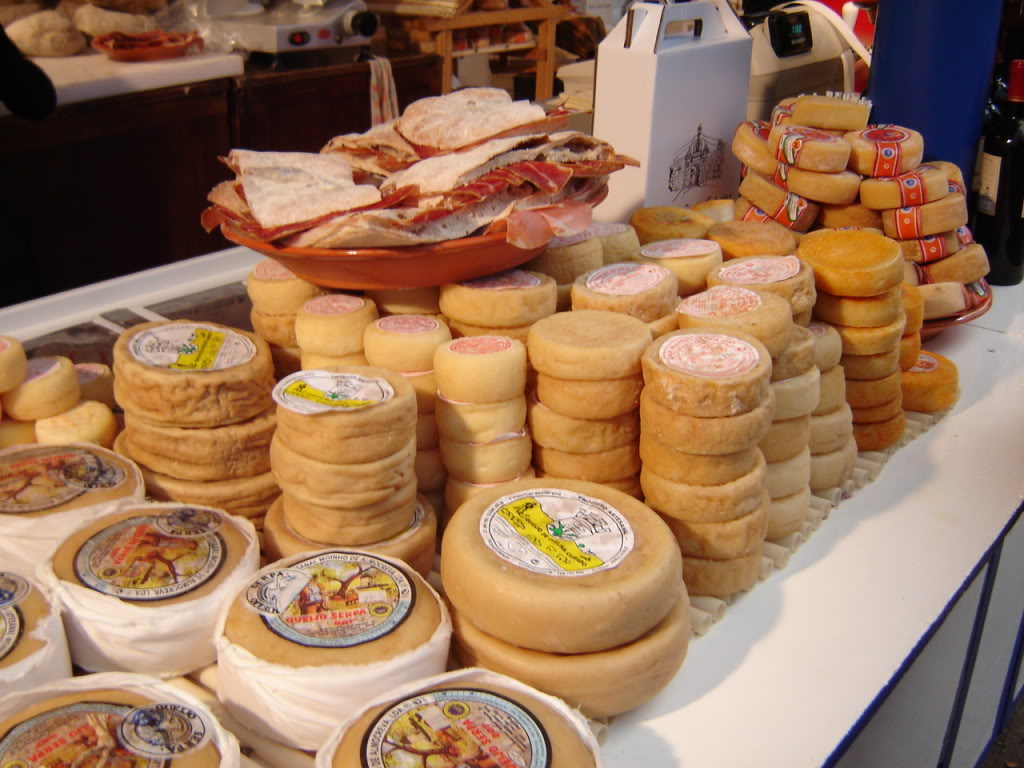
Much like other Western European nations, Portugal boasts a deeply rooted and immensely proud tradition of cheese-making that has persevered through the centuries with minimal evolution. While advancements in equipment and technology have been implemented in certain regions, the dedication and artistry behind cheese production have remained unchanged.
Presently, Portugal offers a diverse array of approximately 15 distinct styles of cheese, with the majority enjoying protected status under appellation laws. These designations, known as Denominação de Origem Protegida (Protected Designation of Origin), rigorously regulate the production methods, aging duration, the origin of production, and labeling. However, it would be remiss to disregard other regional cheeses that may lack appellation certification yet offer equally delightful flavors and often better value.
Among the cheeses visitors encounter, Queijo Flamengo tends to be the most common. A direct imitation of the Dutch Edam, it fills supermarket shelves and cafes throughout Portugal. While it may be satisfying and inexpensive, it lacks the distinguished qualities found in high-end culinary experiences.
In striking contrast, the renowned soft cheeses hailing from the Serra de Estrela Mountains in the Beiras region are considered some of Portugal’s finest. Typically crafted from the milk of indigenous sheep species in the area, although variations using sheep’s and goat’s milk outside the appellation framework also exist, these cheeses possess a distinctive taste. With a smooth, rich, and creamy texture complemented by a beautifully balanced flavor, they resemble Brie in terms of texture.
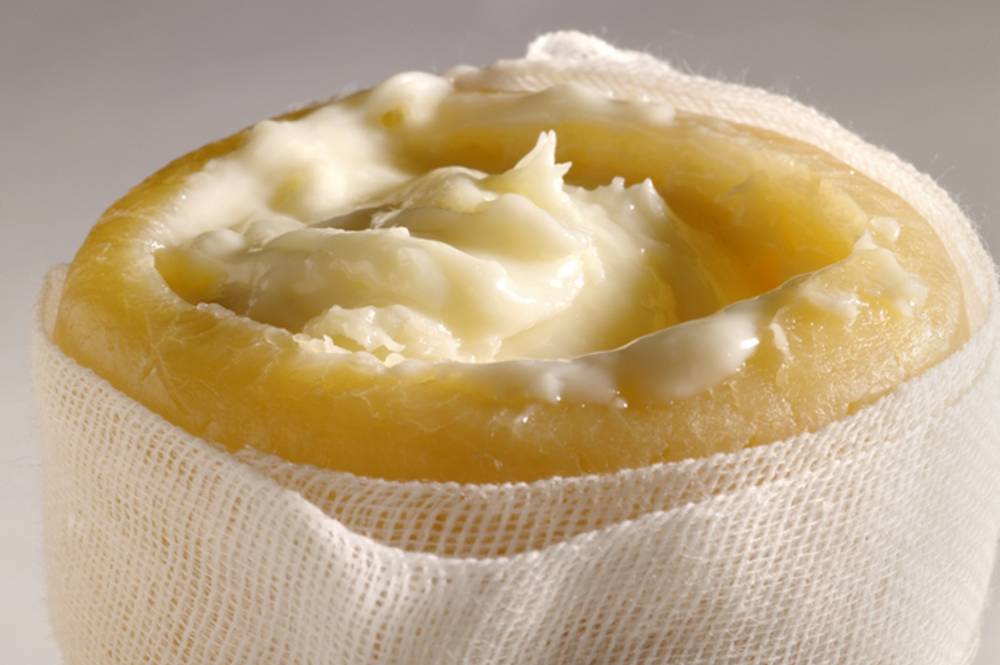
Another beloved option is the DOP Azeitão cheese, originating from the Estremadura region in western Portugal. This cheese can only be produced from raw sheep’s milk in Azeitao, although notable examples outside the DOP boundaries are crafted in neighboring towns like Setubal and Palmela. Using thistle flowers instead of sheep stomach lining as a coagulant, this cheese exhibits a velvety, creamy consistency, accompanied by an intense, earthy flavor and a pungent aroma. It is truly a cheese for the adventurous palate.
Explore Portugal’s cheese offerings and savor the delights of its time-honored craftsmanship. From the iconic soft cheeses of the Serra de Estrela Mountains to the daring flavors of DOP Azeitão, there is a world of Portuguese cheese waiting to be discovered by those with a discerning taste for culinary excellence.
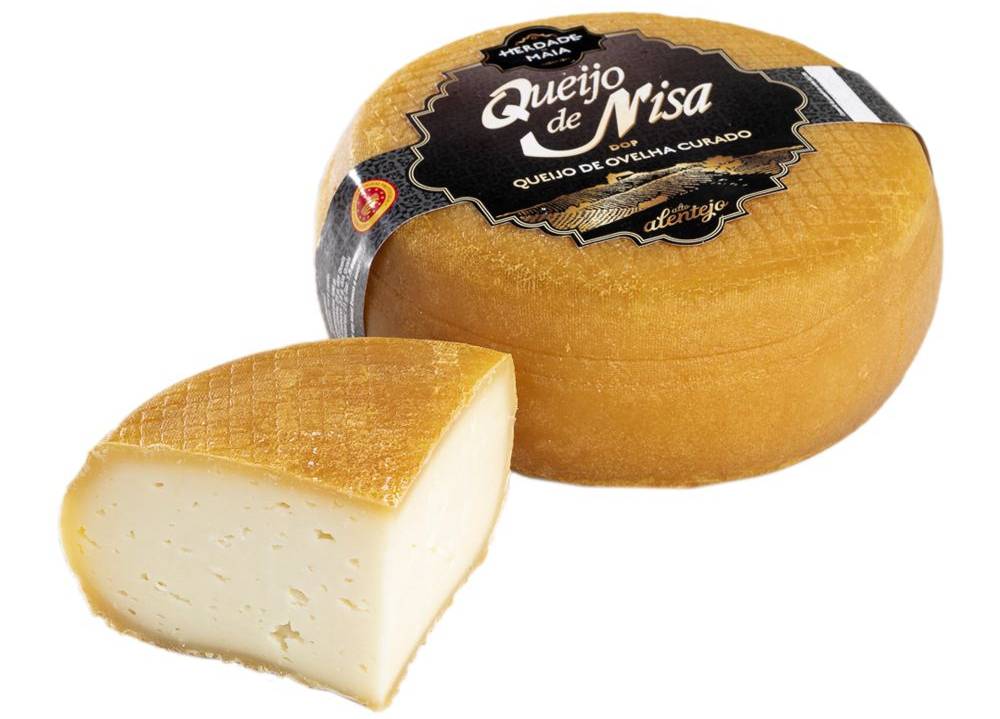
Southern Portugal is also a good place to go hunting for excellent regional cheeses. Perhaps start with a hard cheese from the city of Evora, the Alentejo region’s most beautiful and charming town. Evora cheeses are made from unpasteurized sheep’s milk and have a wonderful salty flavor. Or try the excellent Nisa Cheese from the higher regions of Alentejo. A similar hard cheese, Nisa has a less intense earthier flavor than Evora, with notes of herbs and vegetables.
Another extremely popular cheese is the celebrated Serpa from southern Alentejo. Again, this is produced from sheep’s milk and is subject to at least two years of aging in cool Alentejo cellars. The consistency can vary greatly and the rind is seasoned with paprika and olive oil, this results in the cheese having a strong spicy taste and aroma. It has been recognized by food critics worldwide as one of the finest and unique European cheeses; the Slow Food Movement regularly lists it as one of their top ten cheeses in the world.
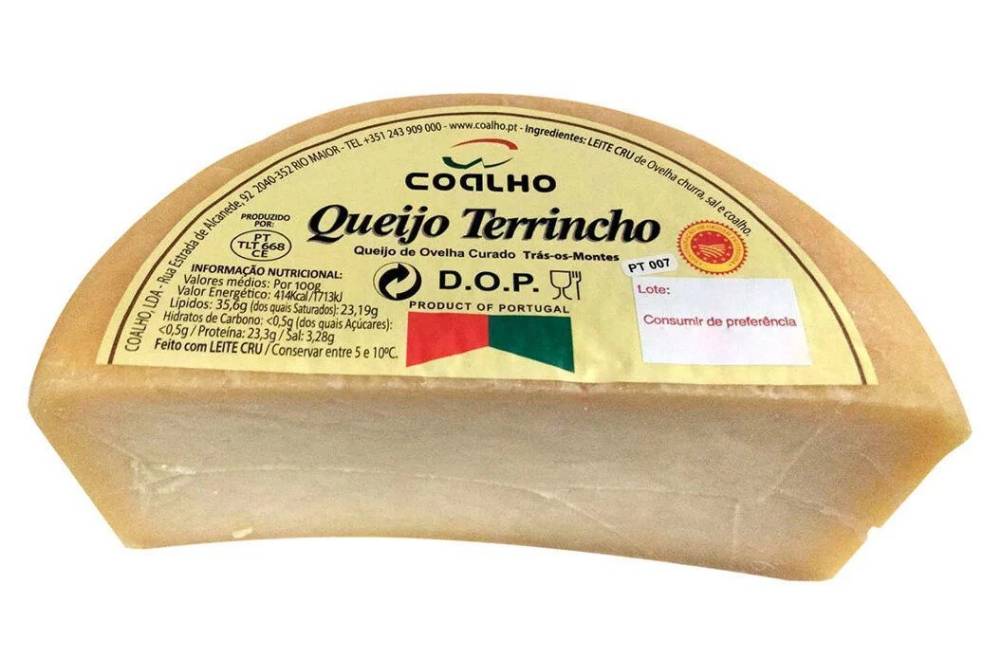
Moving into northern Portugal, we encounter the fabulous soft Terrincho Cheese from the Tras-os-Montes region that borders Galicia in Spain. It can only be produced from a breed of sheep native to the area; the Churra da Terra Quente gives the cheese a mild, easily palatable flavor, enhanced by paprika and the curing process, which uses rye. The DOP cheeses of Bragança and Vila Real are also justly celebrated; under the appellation guidelines, the Cabra Transmontano cheese must come from a special breed of goat – Serrana Negra – and be matured for a minimum of 60 days. The resulting product is fantastic, a hard cheese with a precise, slightly spicy bouquet and piquant taste.
You will also want to look out for the (a nightmare to pronounce but delicious to taste!) – Amarelo da Beira Baixa and the Rabacal cheeses from the Beira region. Amarelo is produced from raw sheep and goat’s milk; the aging process can last up to 90 days or longer. The cheese is extremely smooth and creamy, with a pungent aroma married to a silky texture, the saltiness just taking the edge off the creaminess. A cheese perfect for the after-dinner course that deserves a powerful white wine. Rabacal is a semi-hard cheese that can either be made exclusively from sheep’s milk or a mixture of sheep’s and goat’s milk and must be matured for a minimum period of 20 days.
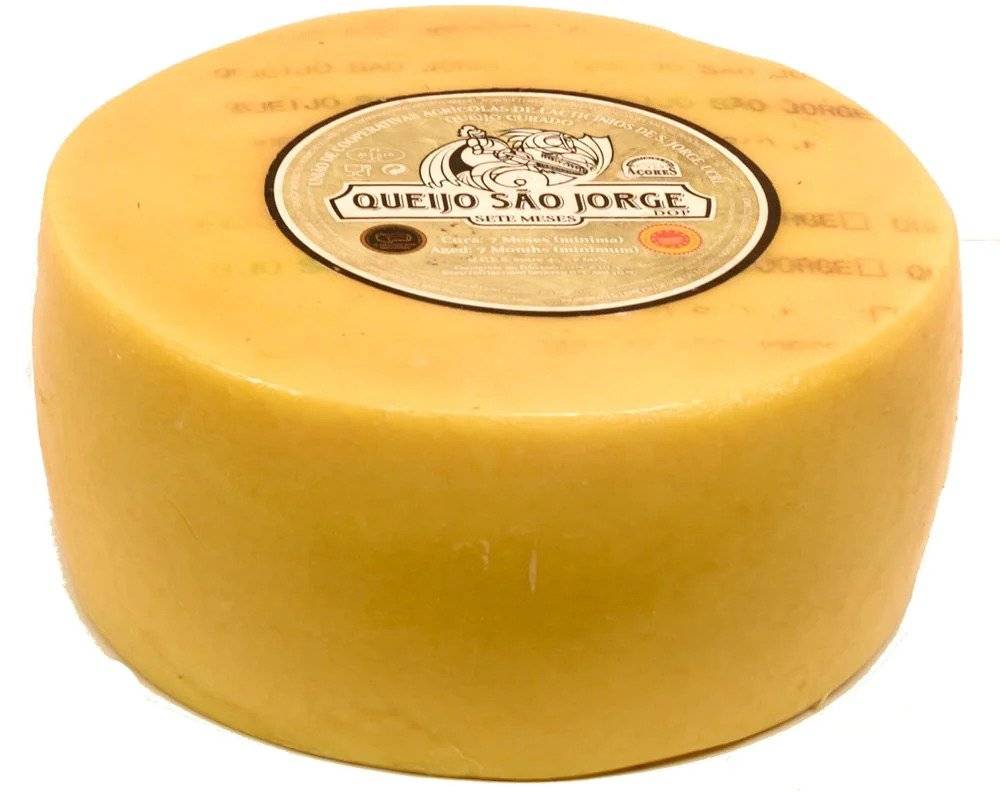
While mainland Portugal is often associated with fine cheese production, there is more to the story. The unspoiled and idyllic volcanic islands of the Azores in the North Atlantic boast two exceptional DOP cheeses that rival the best from the mainland. Named after their respective islands, Pico and São Jorge, these cheeses offer unique flavors and characteristics. Pico is a delicious soft cheese with a strong aroma, crafted from cows’ milk or a blend of cows’ and goats’ milk. On the other hand, São Jorge cheese is a hard cheese made exclusively from cows’ milk, aged for a minimum of 30 days. With its intense, fiery flavor, crumbly texture, and fine aroma, it remains one of Portugal’s largest and finest cheeses.
Although the aforementioned cheeses represent a snapshot of the notable DOP varieties, Portugal’s cheese landscape is even more diverse, with many exciting examples falling outside the DOP framework. Take Vila Velha, for instance, which originates from the Beiras region. Like Amarelo da Beira Baixa, Vila Velha offers a comparable taste profile but is more affordable and readily available due to its lack of DOP protection. Portugal’s cheese traditions cater to various preferences, whether you favor hard and pungent or soft and velvety cheese. Exploring this rich tapestry of cheese-making traditions will unveil a cheese you’ll adore.
The ideal place to buy Portuguese cheese is naturally the country itself, where the best selection and value can be found. However, most major supermarkets, specialist delis, and food retailers will stock at least some Portuguese cheeses across Europe and the US, in addition, the following online retailers are worth a look:
If you would like us to customize an exclusive luxury tour, contact us and let us know your travel plans. We offer luxury food and wine tours for private groups of a minimum two guests. In addition, all of our private, chauffeured tours are available year-round upon request.


Corysays:
July 23, 2022 at 7:50 pm
I am currently planning a trip to Evora to try some true Portuguese cheese! I will document it on my site, follow along! www.cheesytrails.com
Mary Joansays:
August 12, 2013 at 7:15 am
Go Azeitāo! love those oozy, delicious, torta-style cheeses, both Portuguese and Spanish. I miss them here in the US a lot!